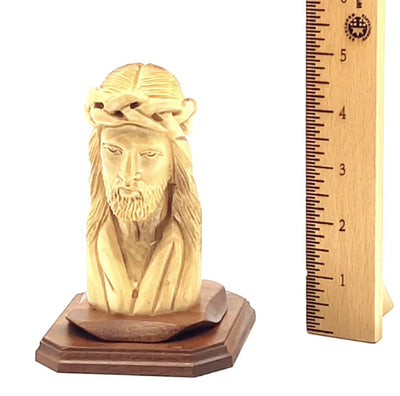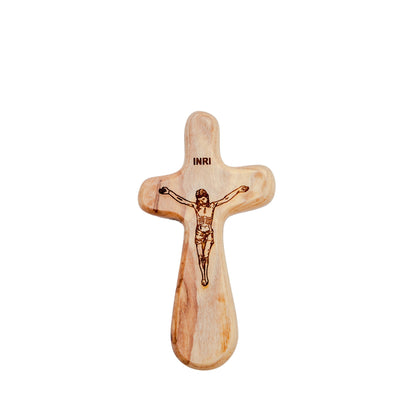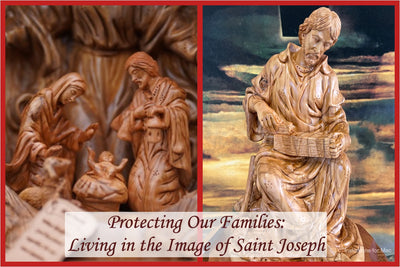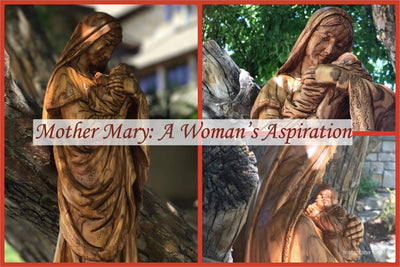On your way from Bethlehem to Jerusalem, you pass by a place on the left, standing like a fortress on a ridge that overlooks both Jerusalem and Bethlehem. It is located 4 kilometers to the north of Bethlehem and is only few minutes away from Mar Saba Monastery. This place is the stone church of the Prophet Elijah, known in Arabic as Mar Elias, located on the ancient Jerusalem-Hebron road a short distance from Rachel’s Tomb at the northern entrance of Bethlehem.
In the coming few days, exactly on August 2nd of each year, Christian Jerusalemites and Bethlehemites gather together in the stone church to celebrate the feast of the Mar Elias.
Jerusalem-Hebron Road Significance
The Jerusalem-Hebron Road has been in existence even prior to the birth of Christ; with Bethlehem being the first stop for travelers to fill their waterskins or spend the evening before proceeding north or south along the road (it should be remembered that Bethlehem itself did not appear on maps of the Holy Land until the establishment of Christianity as the official religion of the Roman Empire in the 4th century).
The History of Mar Elias
The church of Mar Elias is built on an elevated slope where Christian tradition holds that the Prophet Elijah ascended into Heaven on a fiery chariot as described in the Second Book of Kings in the Old Testament.
During the Byzantine Era, a monastery dedicated to the Prophet Elijah was founded on the hillside. History tells that the principal fragment of the True Cross was hidden by the Greek Orthodox Church at this monastery, and that upon the arrival of the Crusades, was presented to Crusaders.
The present church of Mar Elias was built in the late 19th century. While technically a monastery, it at present serves the local Orthodox Christian community residing in the southern suburbs of Jerusalem, as well as a place of pilgrimage. The interior of the church is known for its illustrious icons and the relics of a monk found at the location, whose near-complete skeleton was discovered with a set of chains which had apparently been worn as an act of self-penitence.
What happened in Mar Elias when Jesus was crucified?
In local Christian tradition, the hill is known as the Field of Grey Peas, or Stony Peas, due to the presence of small grey stones. Legends tell that the stones are actually the bitter harvest of a farmer who rebuked Christ shortly before his arrest and crucifixion: Christ had greeted the farmer sowing peas while travelling through the hillside, and had inquired as to what he was planting. The farmer rudely replied that he was sowing stones. Following the burial of Christ, the peas were said to have turned to stone.
Prophet Elijah’s Significance in Arab Christian Culture
The Prophet Elijah holds a special significance in Arab Christian culture, particularly in Syria, Lebanon, and Haifa and the Galilee. “Elias” remains one of the most common Arab Christian names.
How is the Feast Day Celebrated?
The feast day is celebrated by Catholic, Greek Catholic, Maronite and Greek Orthodox communities across the region with great zeal, with pilgrims lighting candles, offering olive oil, and bringing children named Elias to church. Elijah is also the patron saint of travel by transportation, and that in some Eastern Christian cultures, priests will bless vehicles, wagons, and other implements of travel with Holy Water on the Feast of Prophet Elijah.
In Jerusalem, where many Christians whose families migrated from the north retained their devotion to the Prophet Elijah, visiting the church of Mar Elias for the service is common even when the feast falls during the workweek, while Bethlehemites pride themselves of walking the considerable distance from their homes to the church in the hot Autumn summer sun.
Following the service chanted in Greek and Arabic, parishioners and visitors join together for a brief social hour before returning to their busy schedules and prepare for the last leg of the summer, but hopeful that the Prophet Elijah, whom Christians believe will return shortly before Judgement Day, will bless them and their families at the start of autumn.
If, by any chance, you come to Palestine to visit Mar Elias, you are always more than welcome to visit us at our workshop in Beit Sahour, which is really close to Mar Elias. You can witness how we masterly turn blocks of olive wood from the Holy Land into beautiful handmade olive wood carvings with our hands. We make Holy land gifts like olive wood crucifixes and olive wood rosary beads, AND olive wood cooking utensils including olive wood salad bowls, wooden kitchen spoons, and olive wood trays, and lastly but not least, we hand carve other fun things made from Bethlehem olive wood like chess boards!
To view all the above-mentioned products and others in a high-resolution panoramic 360 degrees, click here.
We, the Bethlehem Handicrafts’ team, are so proud to put the Holy Land in your hand by giving you a variety of the best and the most outstanding original Bethlehem’s olive wood carvings with the best quality made in the Holy Land.







